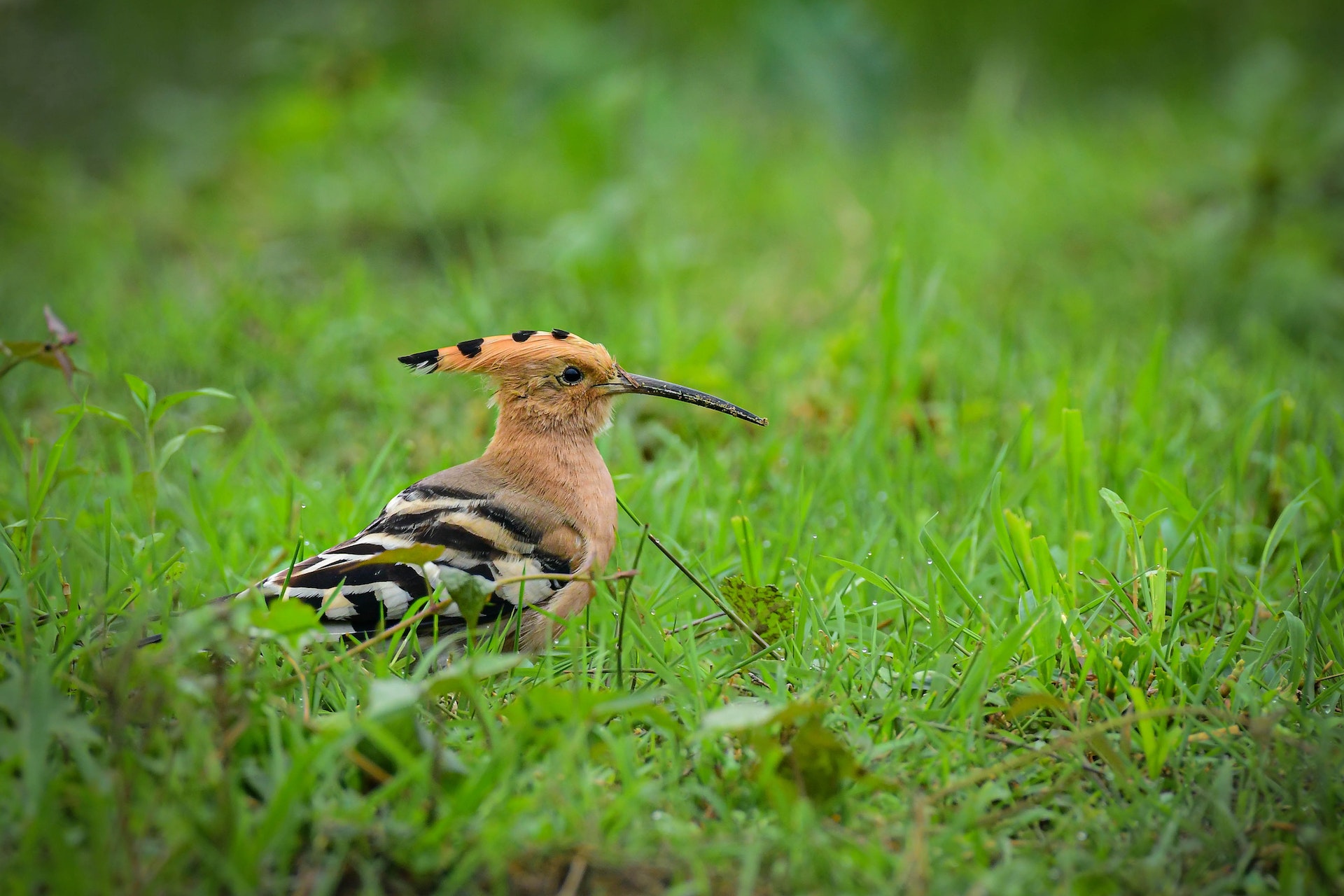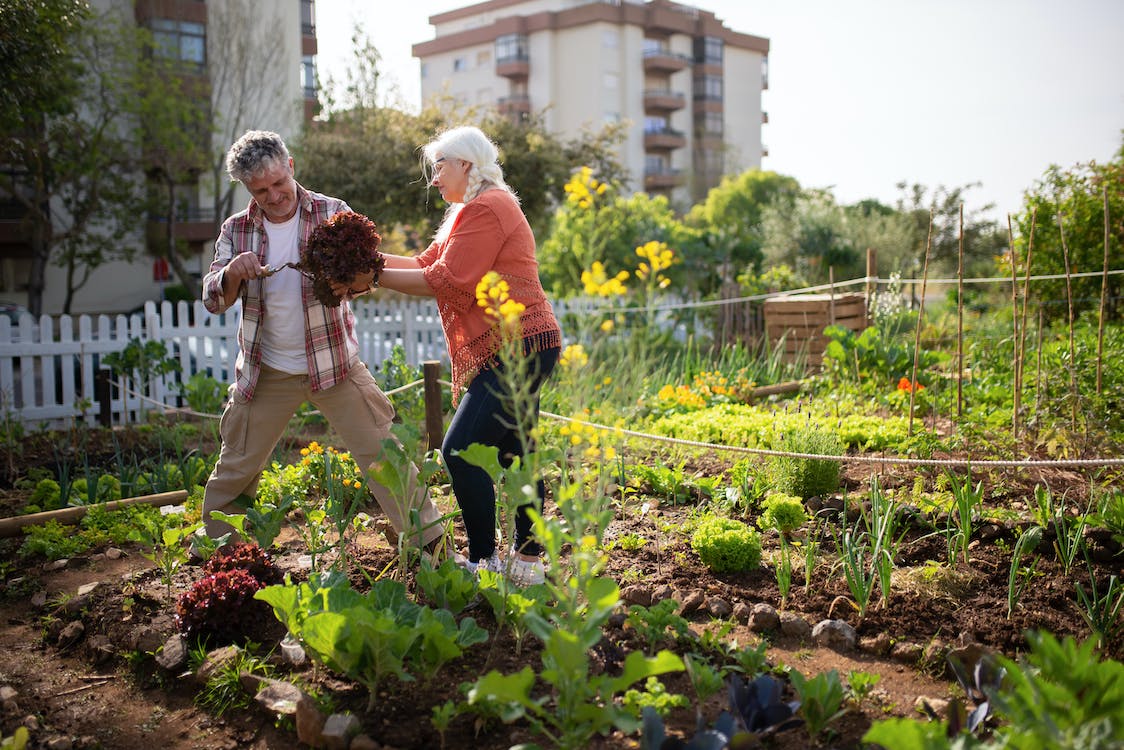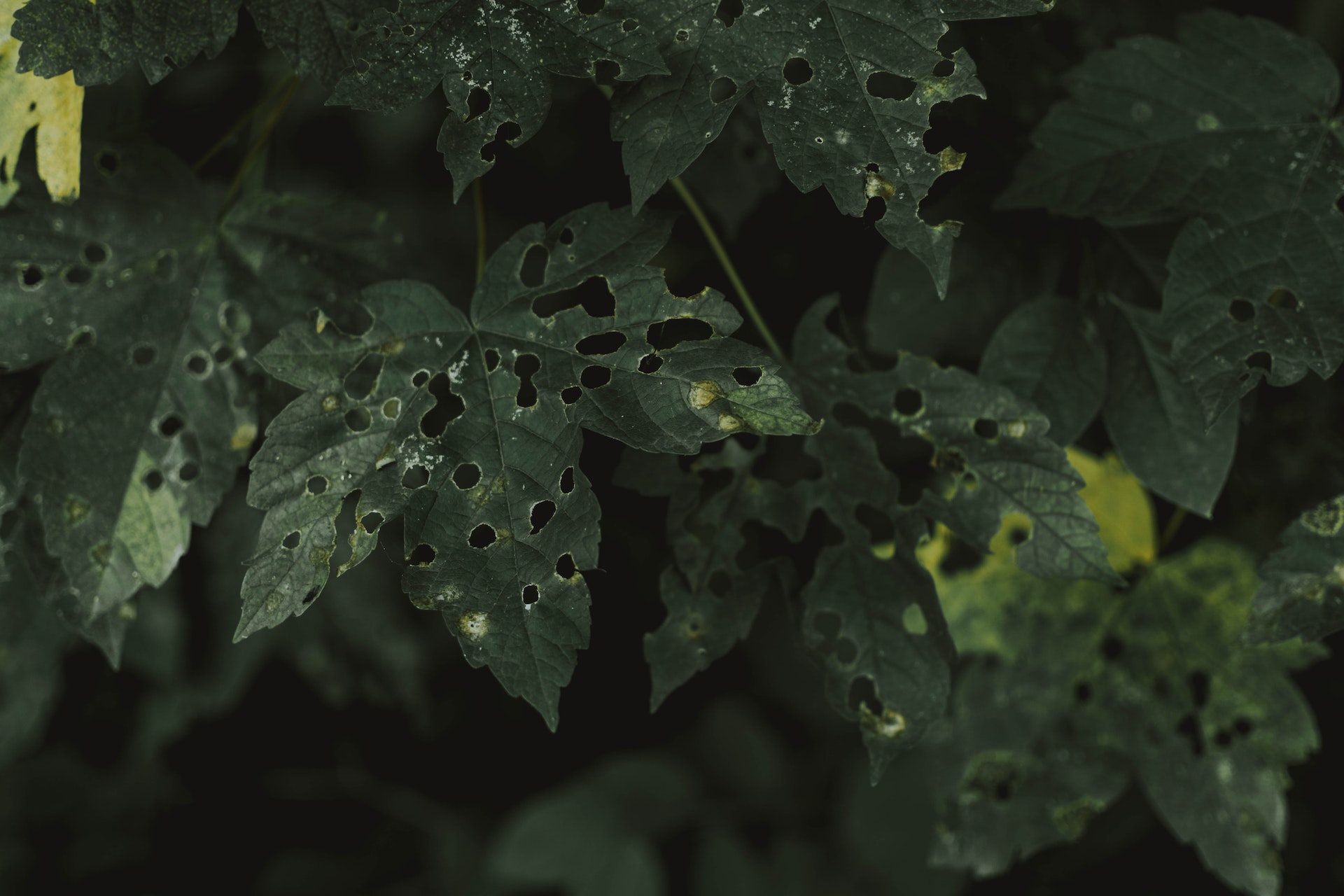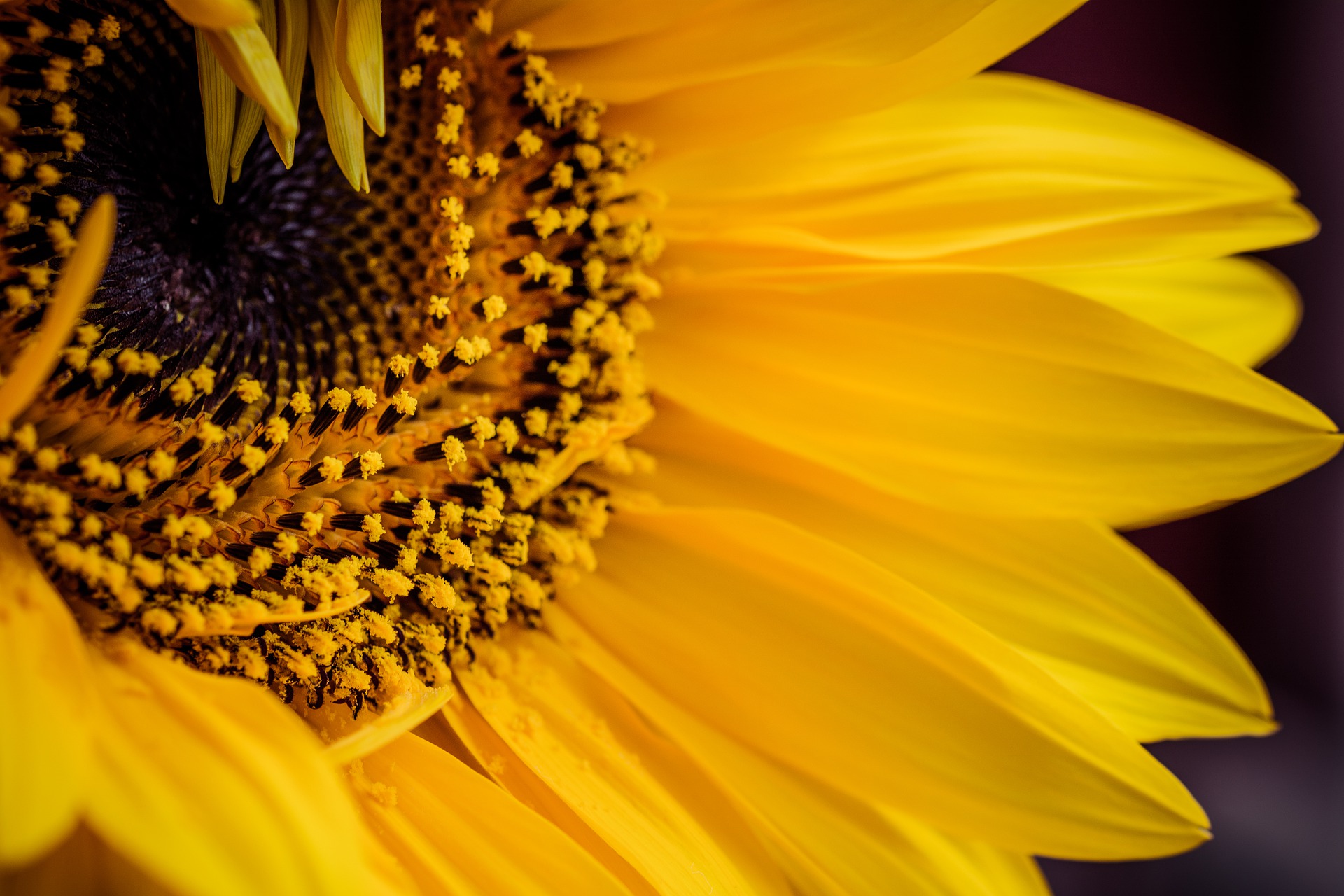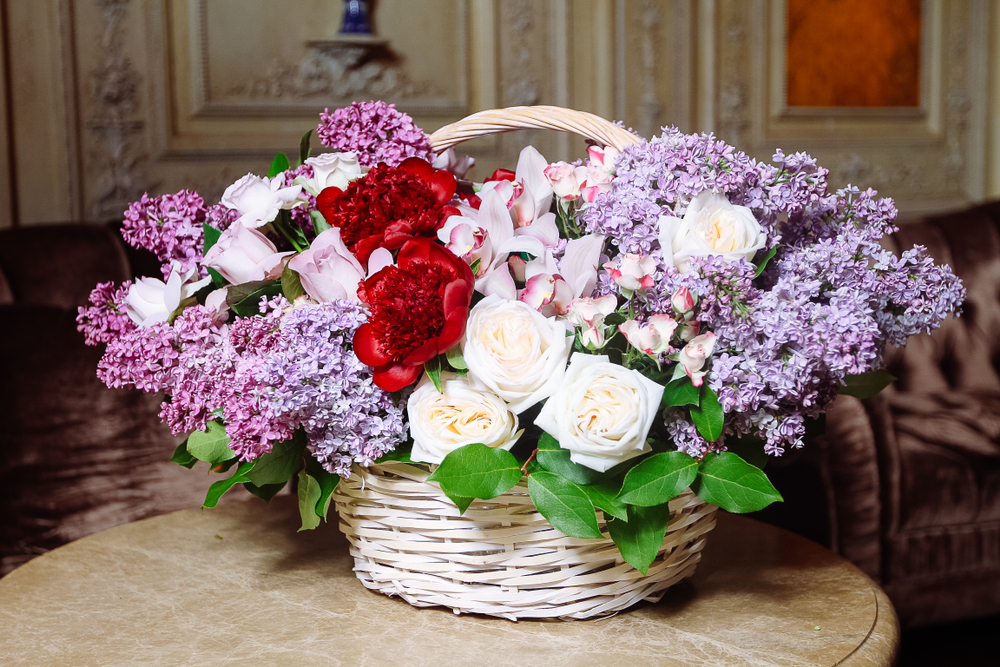Gardening
Fruit trees are a wonderful addition to any garden, providing beauty and a bounty of delicious fruits. However, even the most experienced gardener may encounter issues with fruit trees, especially in the UK, where the climate and soil can present unique challenges. Fortunately, a few simple steps can help ensure success, and you can find such fruit trees UK for sale at Gardeners Dream. In this blog post, we'll provide tips on identifying and solving some of the most common problems associated with fruit trees in the UK. We'll cover topics such as proper pruning, disease control, and pest management, so you can start enjoying fresh, homegrown fruit in no time. Read on to learn more about how to keep your fruit trees healthy and productive.
Create a garden oasis: six easy steps to take care of your garden
Posted in Gardening on Feb 11, 2023

Creating a garden oasis doesn't have to be complicated. With the proper knowledge and effort, you can transform your backyard into an oasis full of lush foliage and vibrant colors. Taking care of your garden is essential; it will not only look beautiful but also help keep pests at bay and promote healthy plant growth. This article will discuss tips for caring for your garden and creating a beautiful outdoor sanctuary. These tips will help you keep your plants healthy and happy so you can enjoy the beauty of nature in the comfort of your backyard.
Xeriscaping is an intelligent and thoughtful alternative to traditional landscaping. By making smart decisions about the plants used, water needs can be decreased substantially. The resources that are taken up by your lawn and garden can be better used for other, more important things. Additionally, xeriscaping minimizes maintenance; you won't need to worry about mowing every two weeks or spraying herbicides anymore.
Garden Cares: How to Start Your Own Butterfly Sanctuary in Your Yard?
Posted in Gardening on Oct 08, 2022

Butterflies hold several meanings and are important to the environment. Along with bees and other insects, butterflies are harmless pollinators that help transfer pollen to other plants that need them for successful reproduction. Having a butterfly sanctuary will help conserve these pollinators, serving it as their new home. If you're planning to start now, here are ways to start your own butterfly sanctuary in your backyard.
As a gardener, there is nothing more annoying than seeding your lawn and then watching from the kitchen as a flock of birds fly in and devour your scatterings in a moment. It is a classic battle of humans against nature and one that humans often lose. As we think about how we will rejuvenate our lawn in spring, we will know that birds become our greatest enemy when looking for the perfect manicured lawn. Here we offer seven tips to help keep the birds off your grass seed and help you attain that magazine-perfect lawn.
Change is the only constant feature in life. Change for positive or negative no one can tell. The best anyone can do is to brace themselves and their loved ones to weather the storms of change as they come. One way to prepare for an uncertain future is by growing a survival garden. A survival garden is simply a garden with enough produce to sustain you and your loved ones for a time with no need for food from outside.
No one wants pests in their garden. Unfortunately, they are often unavoidable. However, there are some things you can do to help keep them under control. In this post, we will discuss some of the best tips for preventing pests from invading your garden. Read on to learn more!
Cleaning garden furniture is often overlooked right up to the moment you have guests coming over, and they could be wearing white. Whether your wooden garden bench or your rattan sofa seat, you want to keep them free from debris and dirt that can transfer onto clothes. Not only will this mean your furniture is more pleasurable to use, but you will extend its life and make it a beautiful feature of your outside space. You can clean your garden furniture in many ways, and how you go about this will depend on the material and how dirty it is. Here are our ten easy garden furniture cleaning tips to give you all the choices you need.
The summer season is a lovely time full of colors, happiness, and is simply a joy for most people. Summer is also a time where many people take their home decor to new heights, and introduce a lot more color and excitement. This helps the space look more positive, and can often provide a mood boost to all who live in the home. And what better way to decorate your home in the summer than with some beautiful summer flowers. They can introduce a lot of joy into your life, and come in many different colors, shapes, and sizes, so there is sure to be something that you will love and will fit wonderfully with your space. Without any further ado, let’s go over some of the best summer flowers to have in your home to make it a brighter and more positive space to be.
We all love some fresh blooms in our homes, don’t we? However, fresh-cut flowers require extra care for them to remain fresh for a long time. Keeping flowers fresh for longer can be quite a hassle, especially in Singapore’s warm weather, flowers tend not to last for more than 3-5 days. In this article, we’ll go through a few tips on how to keep your flowers fresh in Singaporean weather.


